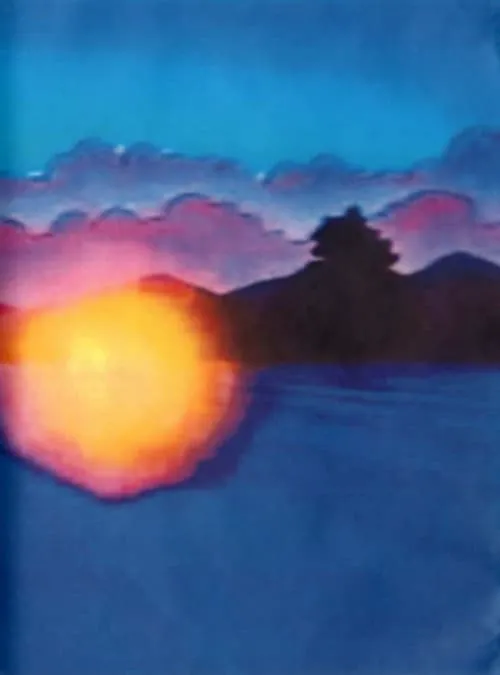Memory Vague

あらすじ
Memory Vague is a visual and sonic exploration by Daniel Lopatin, an American musician, composer, and artist. The film is an experimental work that recontextualizes outmoded graphic landscapes from YouTube videos through the processes of repetition and manipulation. Lopatin employs Windows Movie Maker, a free video editing software, to reassemble these disparate elements into a cohesive and thought-provoking cinematic experience. The movie begins by introducing the viewer to a world of retrofuturistic nostalgia. Lopatin sources his visuals from a wide range of YouTube videos, often found footage from the early days of the internet. These clips frequently feature dated animations, computer graphics, and early web design elements, which were once considered cutting-edge but have since become relics of the digital past. Through Lopatin's meticulous editing, these disparate elements are woven together to create a sense of continuity and narrative flow, despite their apparent disconnect. The repetition of certain visuals, sounds, and patterns becomes a crucial aspect of the film's structure. By repeating and rearranging these elements, Lopatin creates a sense of rhythm and familiarity, drawing the viewer into his world of nostalgia and digital detritus. One of the primary concerns of Memory Vague is the nature of memory and how it is constructed. Lopatin's use of repetition and manipulation serves to blur the lines between original and copied, authentic and fake. By recontextualizing these outmoded graphic landscapes, he highlights the malleability of memory and the ways in which it can be reshaped and reimagined. The film also touches on the theme of obsolescence and the fleeting nature of technology. The dated visuals and animations that populate Memory Vague serve as a reminder that even the most innovative technologies will eventually become outdated. Lopatin's use of these materials, however, transforms them from relics of the past into something new and relevant, commenting on the ways in which nostalgia can be used to make sense of our digital inheritance. Additionally, Memory Vague can be seen as a commentary on the role of consumer culture in shaping our perceptions of reality. The YouTube videos that Lopatin sources are often advertisements, product demos, or how-to videos, which serve as a reminder of the ways in which consumerism seeks to manipulate our desires and perceptions. By using these materials as the foundation for his film, Lopatin critiques the ways in which consumer culture has shaped our relationship with technology and the digital landscape. Throughout Memory Vague, Lopatin employs a variety of audio techniques to enhance the overall cinematic experience. Many of the visuals are paired with an equally nostalgic audio landscape, featuring retro-futuristic sound effects, early video game soundtracks, and dated electronic music. This audio-visual synergy serves to further immerse the viewer in Lopatin's world of nostalgia and digital detritus. In conclusion, Memory Vague is a visually and sonically stunning film that explores the themes of memory, obsolescence, and consumer culture. Through his innovative use of repetition and manipulation, Daniel Lopatin transforms outmoded graphic landscapes from YouTube videos into a thought-provoking cinematic experience. Memory Vague serves as a testament to the power of nostalgia to shape our perceptions of reality, and the ways in which consumer culture seeks to influence our desires and behaviors.


